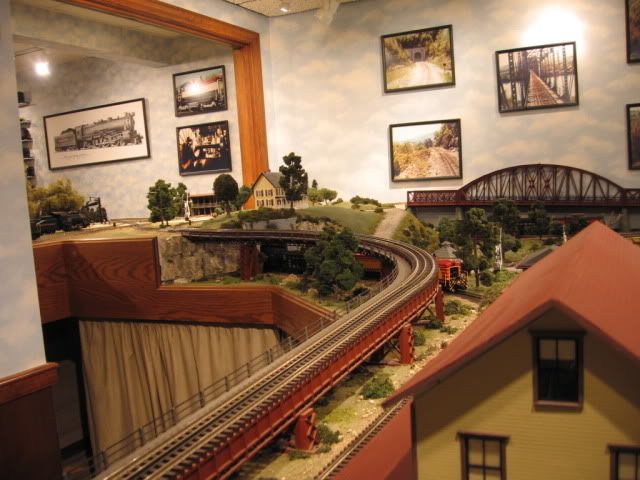On my new and first O gauge layout I have an atypical dropping 5.5 " in approximately 14 ft.
I've planned a three inch drop on a 7 foot straight, an 1.25 drop on an O42 curve . The grade needs to continue on an O42 curve at the bottom - hopefully dropping 1.25 inches in 44 inches. Is that enough of a decrease in grade. How do you calculate grade with curves? 1.25/44 (2.8%?) or do you use the the circumference of the half circle in the calculation.
The grade will finish its descent at 3.4% on the straight after it completes the turn.
Or I could begin the final decent at the beginning of the curve which would mean a drop of 2.25 incnes in 80 inches (2.8 % throughout (using the diameter and not the circumference in the calculation).
Do you recommend raising the outside rail slightly on the churve and if so how much1/40







